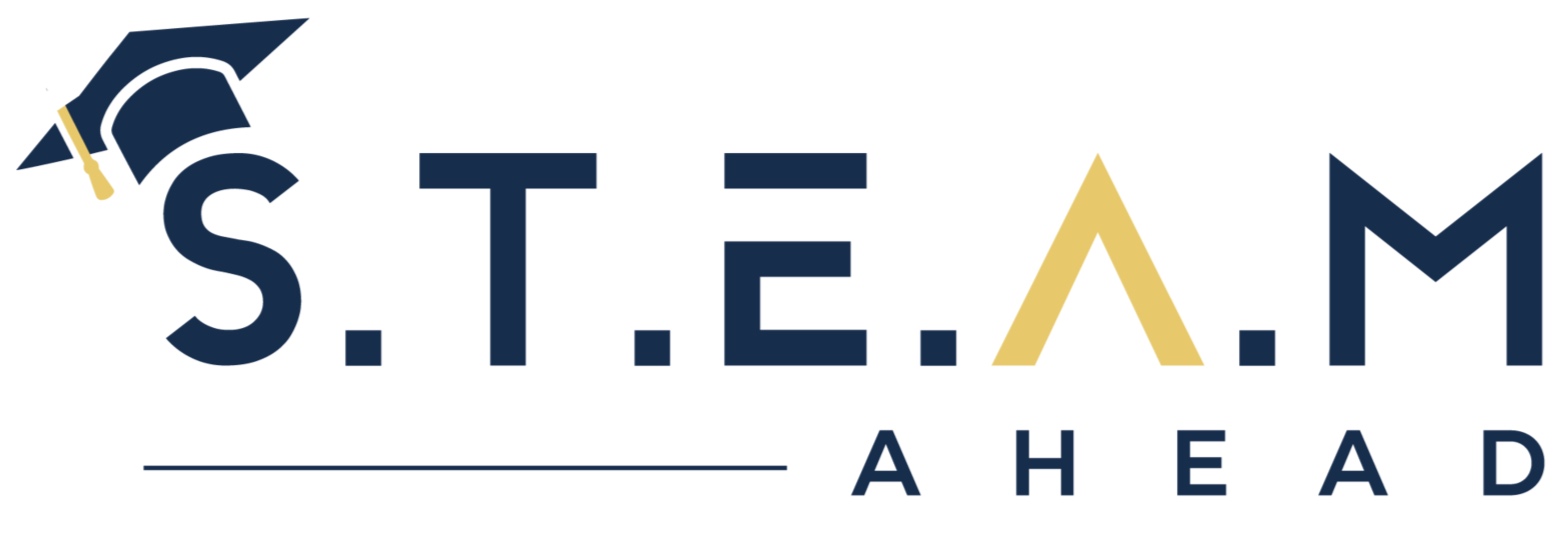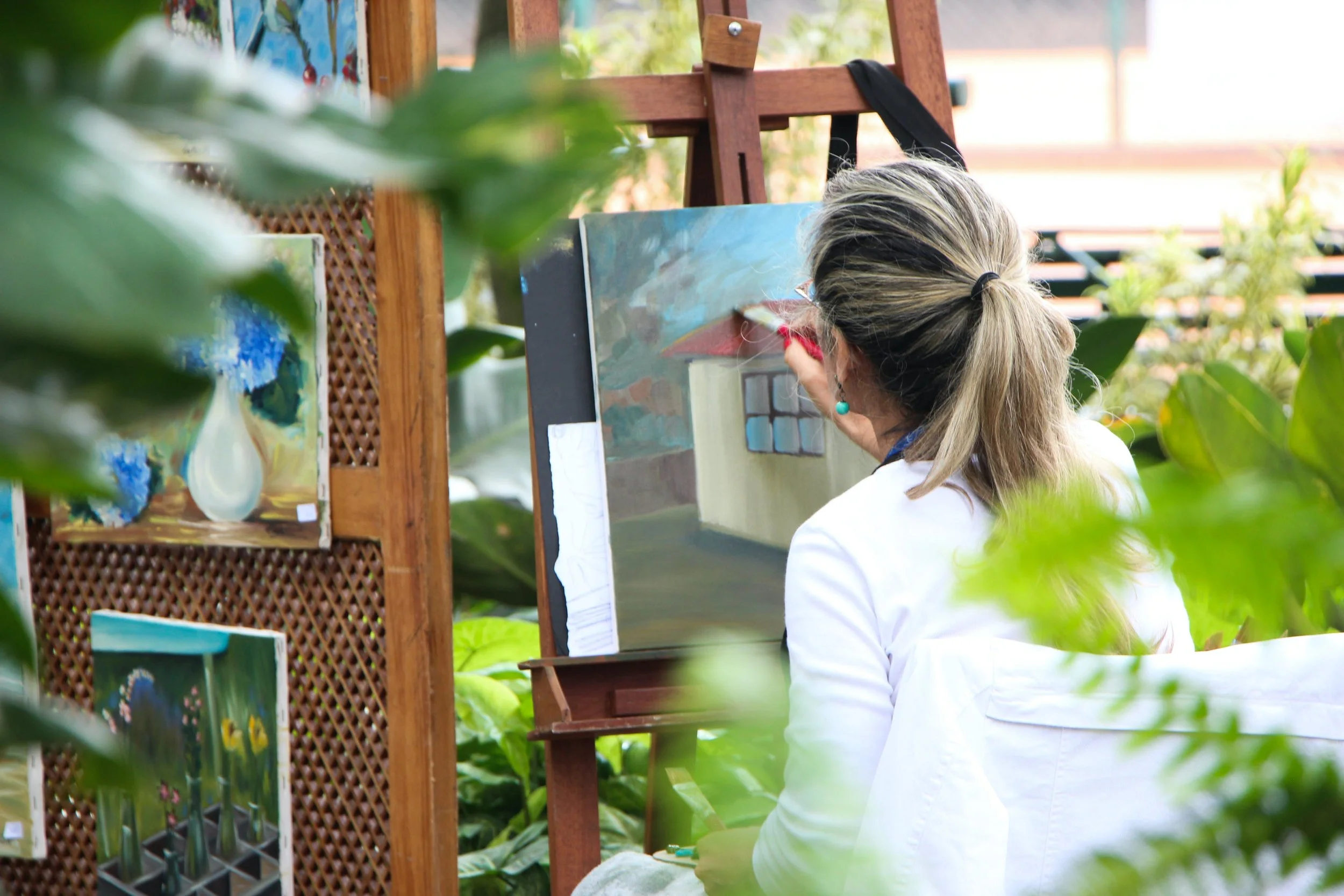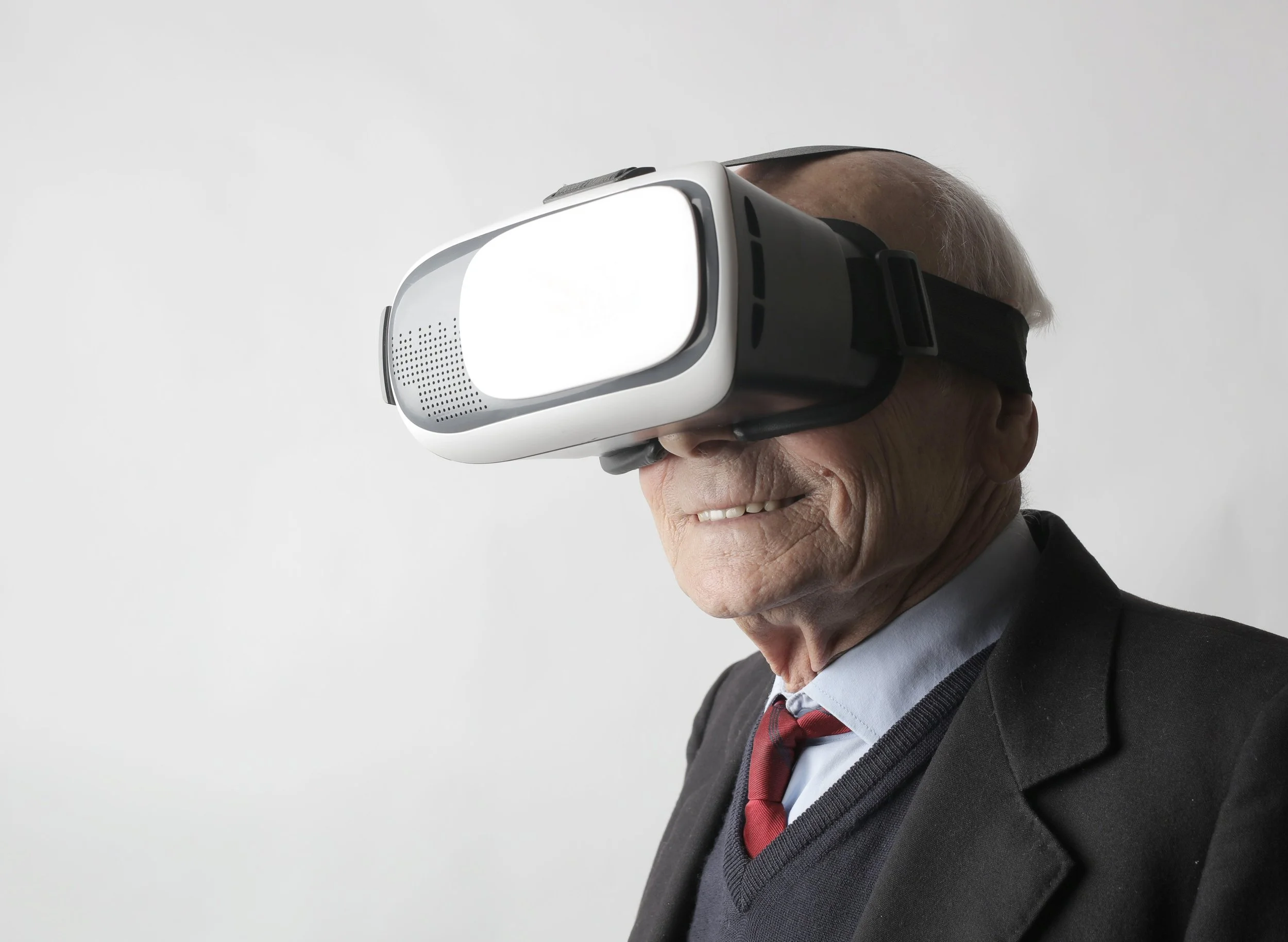How Tech, Art, & Music Is Helping Alzheimer’s Patients
Did you know that about 1 in 9 people age 65 and older have Alzheimer's disease?
Photo by Jadson Thomas
According to a recent report, more than 6 million Americans live with Alzheimer's, making it the most common type of dementia. It is a chronic neurodegenerative disease that impairs the brain's normal function, affecting quality of life. Although no cure exists for this condition, there is still a glimmer of hope to change the disease progression. That is thanks to the emergence of STEAM-powered interventions.
Science, Technology, Engineering, Arts, and Math (STEAM) is providing new avenues for Alzheimer’s patients to improve their cognitive abilities and enhance their quality of life. So, join us as we dive into how this new treatment approach is making a difference in the lives of patients and their loved ones.
STEAM Interventions: Tech, Art, and Music
The first case of Alzheimer's was reported more than 100 years ago by a German psychiatrist, Alois Alzheimer. Among the symptoms he noted from his patients were progressive memory loss accompanied by behavioral changes, like delusion and wandering.
Since then, medical professionals and researchers have developed various drugs to slow down the progression of the disease and address accompanying symptoms. Among a few are sleep aids, anxiety-reducing medications, and antidepressants. Indeed, medications are a proven intervention for Alzheimer's, but there are also non-drug treatments that show promising results.
Technology:
There are several ways in which technology can help people with Alzheimer’s. One of the most advantageous applications is the use of virtual reality. Virtual reality (VR) is a computer-generated simulation of a three-dimensional environment using specialized equipment.
Photo by Andrea Piacquadio
Studies show that VR can create a calming environment, engage patients in activities they may no longer be able to do in real life, and help stimulate memory. For instance, a VR experience of visiting a familiar place from the past could help the patient recall that particular memory.
Memory aids like digital calendars, interactive voice assistants, and specialized apps can also be very helpful. Healthcare providers and caregivers can program devices to remind patients of important events, such as appointments or medication schedules. This can help Alzheimer’s patients to maintain their independence and feel more in control of their daily lives.
Aside from this, they can communicate with their doctors from the comfort of their homes. Telehealth and remote monitoring help doctors track the patient’s condition and detect any changes early on. This can help prevent hospitalizations and improve the quality of life for both the patient and their caregivers.
Arts and Music:
It’s incredible how music and art have been discovered to be such powerful tools in aiding patients with Alzheimer’s. Music has the power to link to memories and evoke emotions, providing a sense of comfort and familiarity for patients. Studies have even shown that listening to music can stimulate memory recall, reduce agitation, and improve mood.
Similarly, art therapy can provide a means of communication for patients who may struggle to express themselves verbally. By sharing their emotions and through creative expression, patients can communicate their feelings and convey what they may not be able to put into words.
All in all, incorporating music and art into Alzheimer’s care can help patients connect with their emotions and memories while also providing a form of self-expression and enjoyment.
To learn more about STEAM Ahead visit us at https://www.westeamahead.org/


